Top big casino winnings prove that a jackpot can turn an unnoticed guest into a legend overnight. These stories are not tall tales, but real examples of how luck outwits any scenario.
Archie Karas
A Cypriot by birth, Karas arrived in Las Vegas with only \$50. Over the course of three years, his fortune grew to \$40 million, all without the use of investments, funds, or cartels. His strategy was based on poker, dice, and betting to the brink of madness.
Karas’s record-breaking success came when he won \$1.6 million from Chip Reese, a renowned poker master, in a single evening. His strategy involved aggressive tactics and a cold-blooded control of his emotions.
Losing all my capital in less than a month proved that luck loves risk, but it doesn’t forgive arrogance.
Kerry Packer
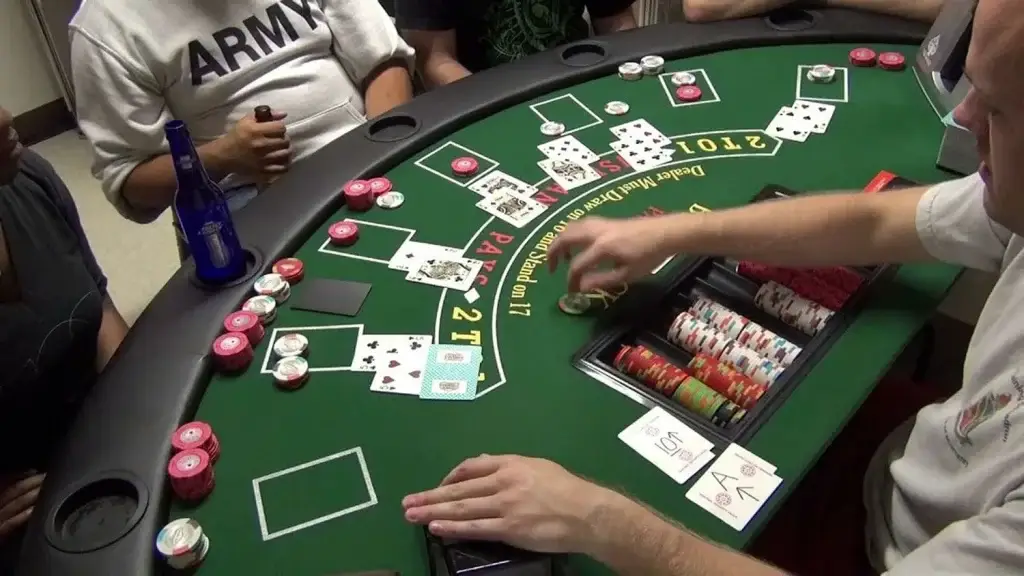 The Australian media mogul became part of the top of major casino winnings without making a show of his victory. In 1995, Packer arrived at the MGM Grand with a private delegation and left with $26 million. He played blackjack, setting up 8 tables for individual service.
The Australian media mogul became part of the top of major casino winnings without making a show of his victory. In 1995, Packer arrived at the MGM Grand with a private delegation and left with $26 million. He played blackjack, setting up 8 tables for individual service.
Packer accompanied each hand with a bet ranging from $250,000 to $300,000. The establishment lost millions, and the croupiers changed like in a kaleidoscope and received tips equal to their annual income.
Paker’s case remains one of the most striking examples where victory intersects with corporate thinking discipline.
A young engineer from Las Vegas
An engineer whose name was never revealed went to the Excalibur Casino on the south side of the Las Vegas Strip and won $39.7 million on the MegaBucks slot on his first try. One spin and the story was over. The machine belonged to the IGT network, with an average jackpot probability of 1 in 49,836,032.
The player only used $100. The result was included in the top of major winnings in the casino, overtaking dozens of regular visitors, professionals and fans of gambling strategies.
The consent to annual payments confirmed the prudence: $1.5 million per year for 26 years with the right to transfer to heirs.
Elmer Sherwin
World War II veteran Elmer Sherwin won the MegaBucks twice, the first time at the age of 76 and the second time at the age of 92. The total amount was \$25.5 million, with most of it going to charity.
Sherwin’s jackpots became an anomaly in the statistics and were included in the top of the largest casino winnings as an example of the rarest double jackpot on the same type of machine. The first time was on the Mirage, and the second time was on the Cannery Casino.
Mathematicians refused to believe, but the facts spoke for themselves. Victory is not a factor of age, but a synergy of patience and consistency.
Don Johnson
As a hedge fund manager, Johnson didn’t rely on luck. Before major sessions, he negotiated with three Atlantic City casinos to return 20% of his losses and increase his betting limit to $100,000.
In six months, Don Johnson earned $15.1 million by playing blackjack alone. His tools were precise adherence to basic strategies, card counting, and clear agreements.
The story made it to the top of the big casino wins because Johnson used math as a weapon. Not a trick, not a myth — just knowledge.
John Tippin
Tippin flew to Vegas from Honolulu with a limited budget. The MegaBucks slot machine paid out again, winning $11.9 million.
Thousands of players watched the game, but it was Tippin who triggered the jackpot with his final bet. His victory led to the publication of his book, “I Didn’t Deserve This Win,” where he described the alarming consequences of sudden wealth.
His case added balance to the top of significant jackpots, reminding us that victory is not always a reward, but sometimes a psychological challenge.
Amy Nishimura
A cosmetics saleswoman from Honolulu won $8.9 million at the Fremont gambling establishment. The MegaBucks machine awarded the jackpot after three minutes of play. Amy did not give an interview, did not appear in advertisements, and did not create social networks. She disappeared from the radar, which made her victory a part of the Las Vegas mythology.
The story became a top solid payout in gambling establishments, as an example of silent luck – the one that does not require applause.
Mike Ashley
A British businessman and owner of Newcastle United has bet $136,000 in roulette on a combination of 17 — the number of his favorite player. One spin yielded $1.6 million.
I played at Fifty in London. The jackpot was not the biggest, but it was symbolic. It is he who completes the top of the big casino winnings, proving: betting out of passion can work on a par with miscalculation.
The main features of high-profile victories
The phenomena on the list demonstrate recurring patterns. Despite the different approaches, all the stories include key elements:
- High stakes — the risk is inseparable from impressive amounts.
- Exact adherence to the strategy — in the case of Johnson and Packer.
- Psychological stability — winnings do not forgive weakness.
- Proper choice of games — predominantly blackjack and MegaBucks slots.
- A combination of intuition and calculation — each case is unique, but logical.
The top of serious money wins in gambling establishments is not based on magic, but on a combination of determination, systematic thinking, and a willingness to face the consequences.
Land-based casinos as an arena for records
Online platforms are rapidly gaining popularity, but it is the offline halls that remain the arena for high-profile victories. The reason is the absence of limits, the high-risk atmosphere, and the bets that amount to six-figure sums.
Land-based gaming establishments allow players to negotiate terms, as in the case of Don Johnson. They create legends, as in the case of Archie Karas. They offer millions for a single spin, as in the case of MegaBucks.
Every victory story originates from a physical venue. This emphasizes the uniqueness of the context and makes the location a critical element of success.
Top Casino Wins: Conclusions
 A big win is not just numbers on a screen, but real people, real money, and real consequences. The top casino winnings prove that every success is not a coincidence, but a multi-layered phenomenon with economic, psychological, and social implications.
A big win is not just numbers on a screen, but real people, real money, and real consequences. The top casino winnings prove that every success is not a coincidence, but a multi-layered phenomenon with economic, psychological, and social implications.

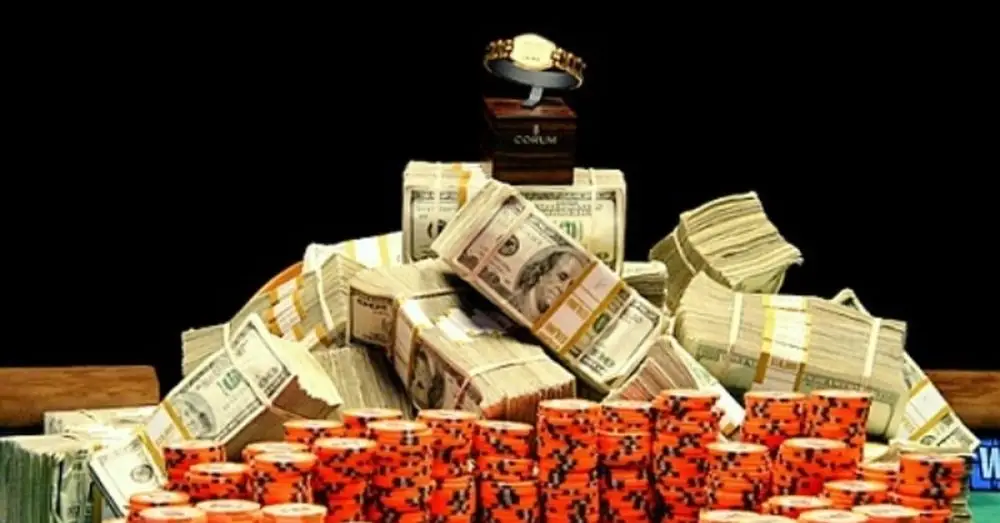
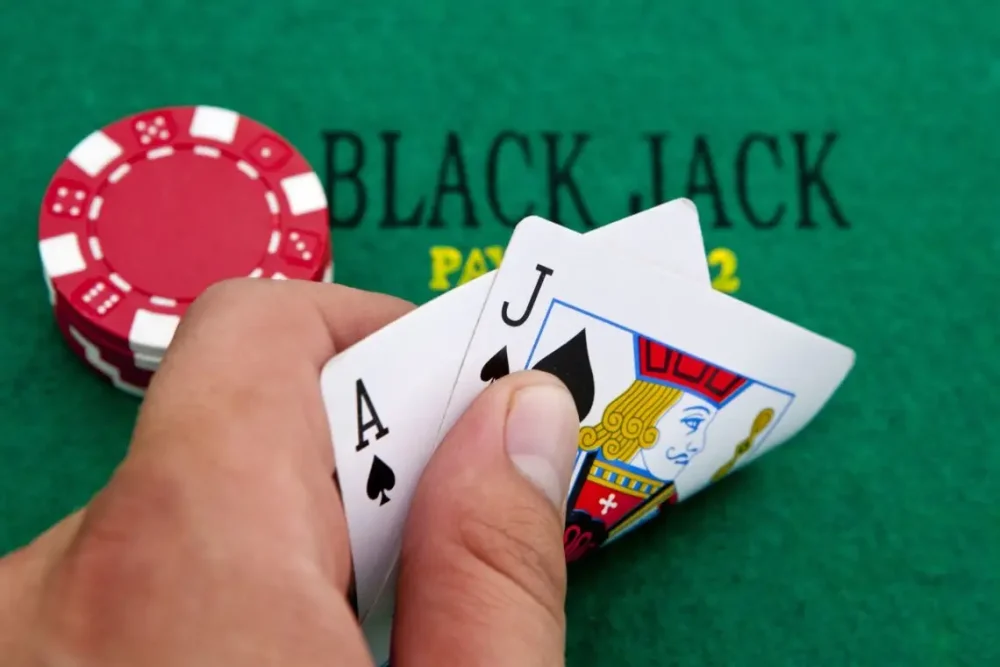
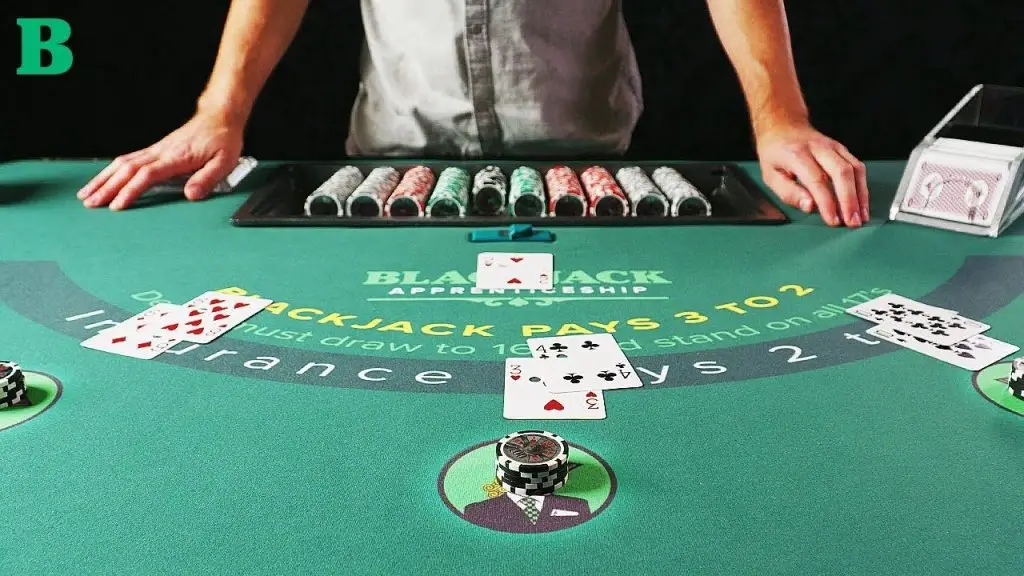 American and European blackjack have different rules, which affect the tactics and strategies of the game.
American and European blackjack have different rules, which affect the tactics and strategies of the game. When choosing between the two versions, it is important to consider your individual playing style. If you prioritize strategy and risk minimization, the European version may be more suitable. However, if you value dynamics and the ability to maximize your winnings in a short period, the American version may be more appealing. The difference between American and European blackjack lies in the balance between classic and modern excitement. Knowledge of the rules and a well-thought-out strategy are the key to successful gameplay.
When choosing between the two versions, it is important to consider your individual playing style. If you prioritize strategy and risk minimization, the European version may be more suitable. However, if you value dynamics and the ability to maximize your winnings in a short period, the American version may be more appealing. The difference between American and European blackjack lies in the balance between classic and modern excitement. Knowledge of the rules and a well-thought-out strategy are the key to successful gameplay.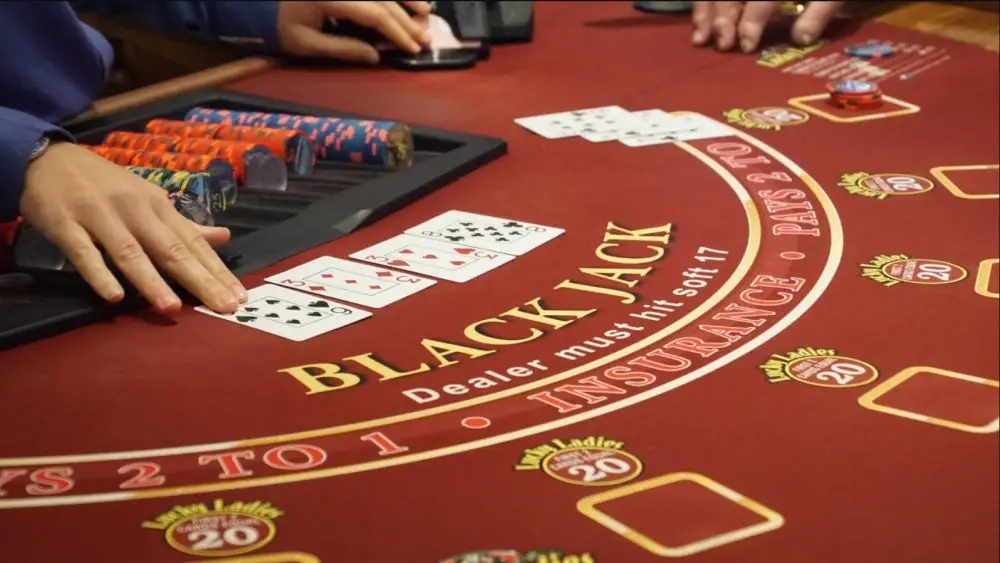
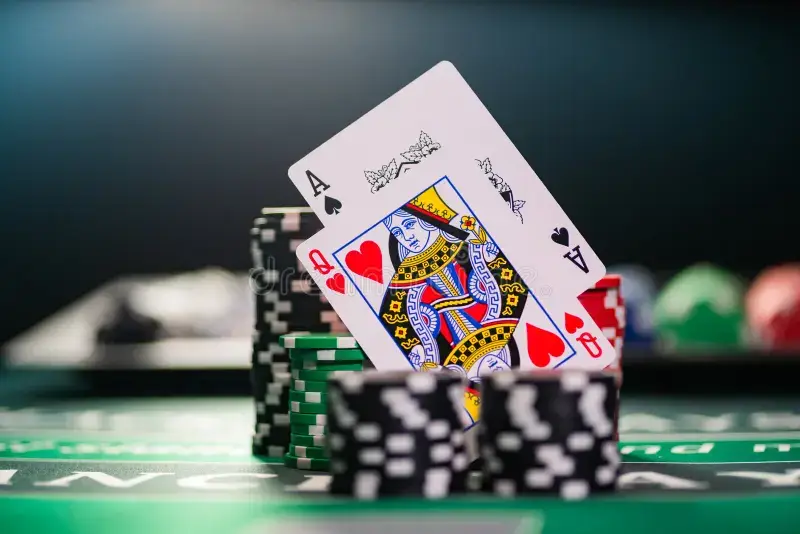 Each card creates a specific scenario. For example, a combination of an ace and a ten is an instant victory. However, two aces are no longer blackjack. This feature forces you to rethink your move, calculating how many points the cards in blackjack give you based on the current situation and the dealer’s possible reaction.
Each card creates a specific scenario. For example, a combination of an ace and a ten is an instant victory. However, two aces are no longer blackjack. This feature forces you to rethink your move, calculating how many points the cards in blackjack give you based on the current situation and the dealer’s possible reaction.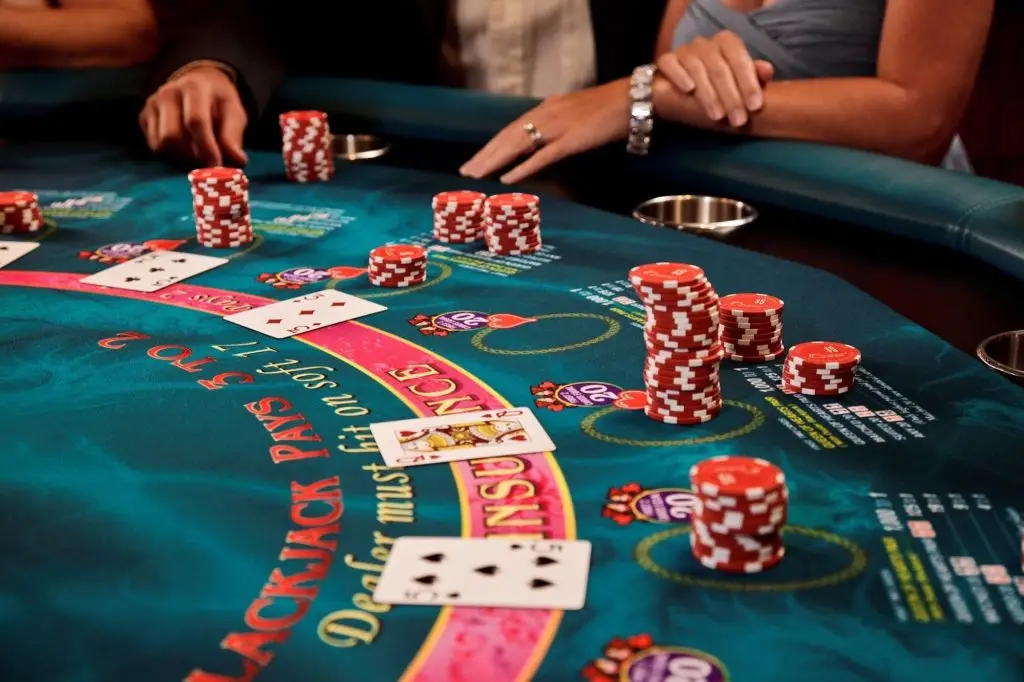 The rules and meaning of cards in blackjack create a unique gaming environment where a combination of numbers and decisions determines the outcome. Making the right choice at the right time is crucial for winning. The use of splits, doubles, insurance, or stops should always be based on the dealer’s open hands and your own account. The outcome depends not on the deck but on your ability to understand the card as a formula.
The rules and meaning of cards in blackjack create a unique gaming environment where a combination of numbers and decisions determines the outcome. Making the right choice at the right time is crucial for winning. The use of splits, doubles, insurance, or stops should always be based on the dealer’s open hands and your own account. The outcome depends not on the deck but on your ability to understand the card as a formula.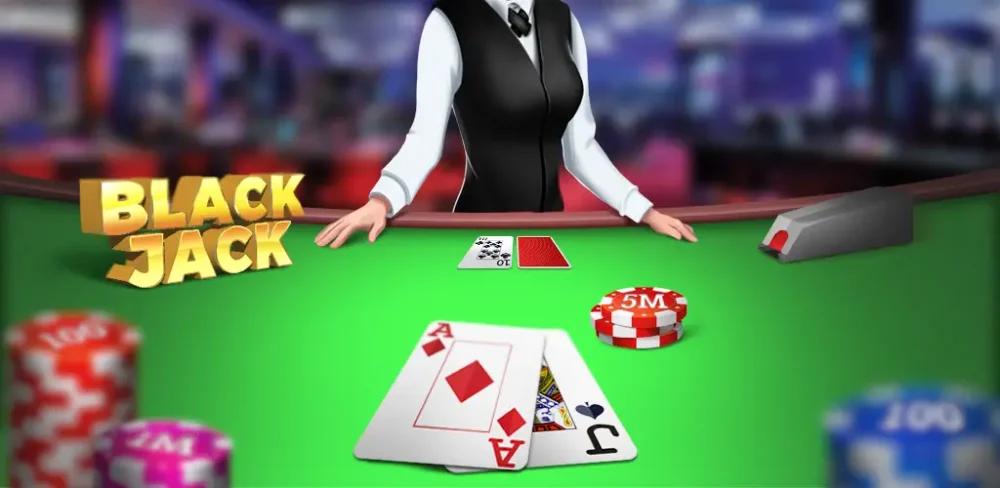
 A beginner can easily fail a game by overestimating their hand. The correct calculation is not based on intuition, but on a system. The strategy depends on the dealer’s open card. For example:
A beginner can easily fail a game by overestimating their hand. The correct calculation is not based on intuition, but on a system. The strategy depends on the dealer’s open card. For example: Understanding the basic rules of online blackjack allows you to reduce the house edge to almost zero. Those who use strategy rather than hope are more likely to win. The key is discipline, precise calculation, and adherence to the mathematical conditions of the game. This is the real advantage in online casinos. A clear structure of actions, knowledge of the nuances, and avoidance of intuitive moves lead to consistent results.
Understanding the basic rules of online blackjack allows you to reduce the house edge to almost zero. Those who use strategy rather than hope are more likely to win. The key is discipline, precise calculation, and adherence to the mathematical conditions of the game. This is the real advantage in online casinos. A clear structure of actions, knowledge of the nuances, and avoidance of intuitive moves lead to consistent results.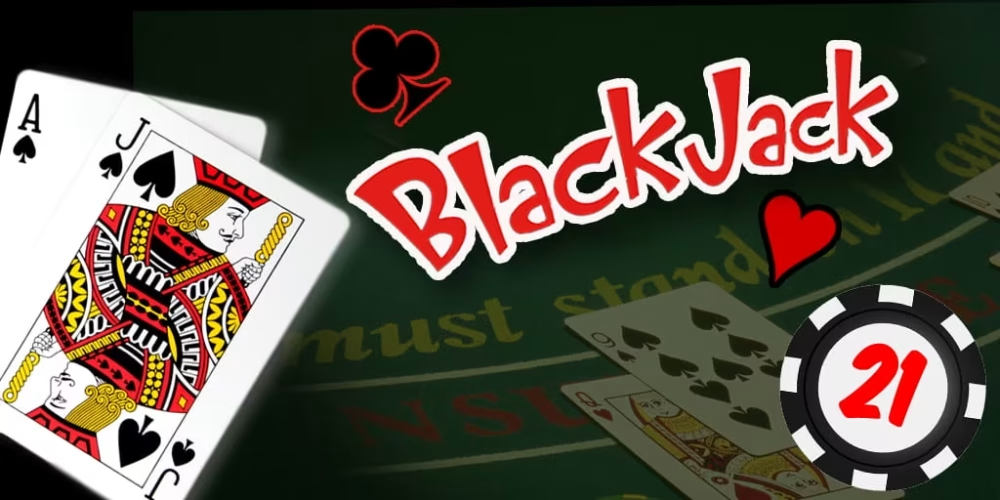
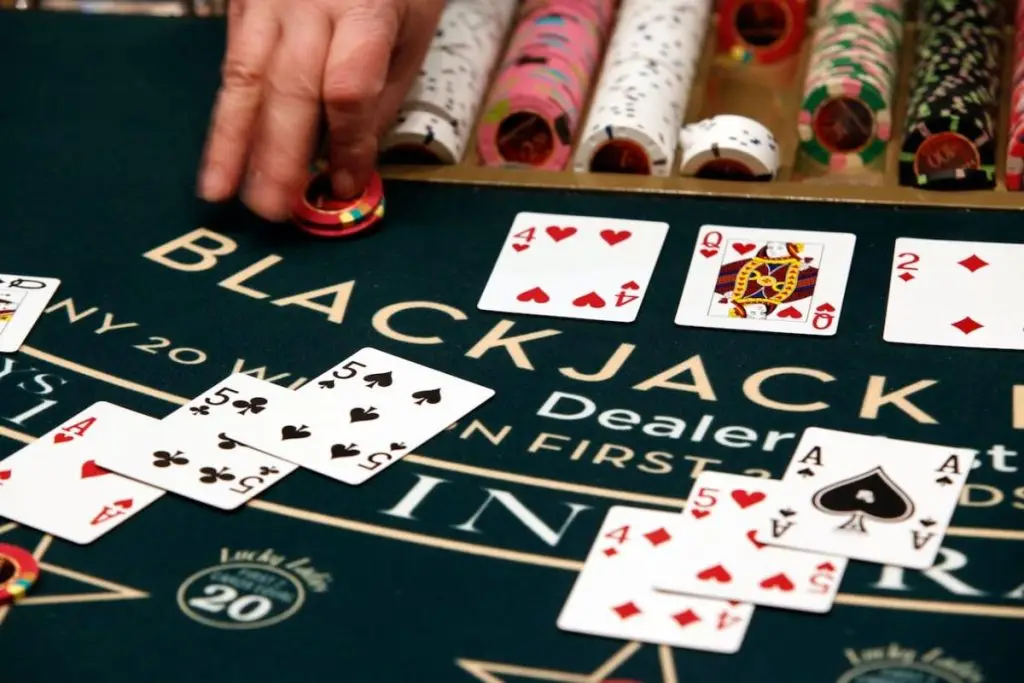 Each species has its own mathematics and behavioral patterns. Below is a categorized list:
Each species has its own mathematics and behavioral patterns. Below is a categorized list: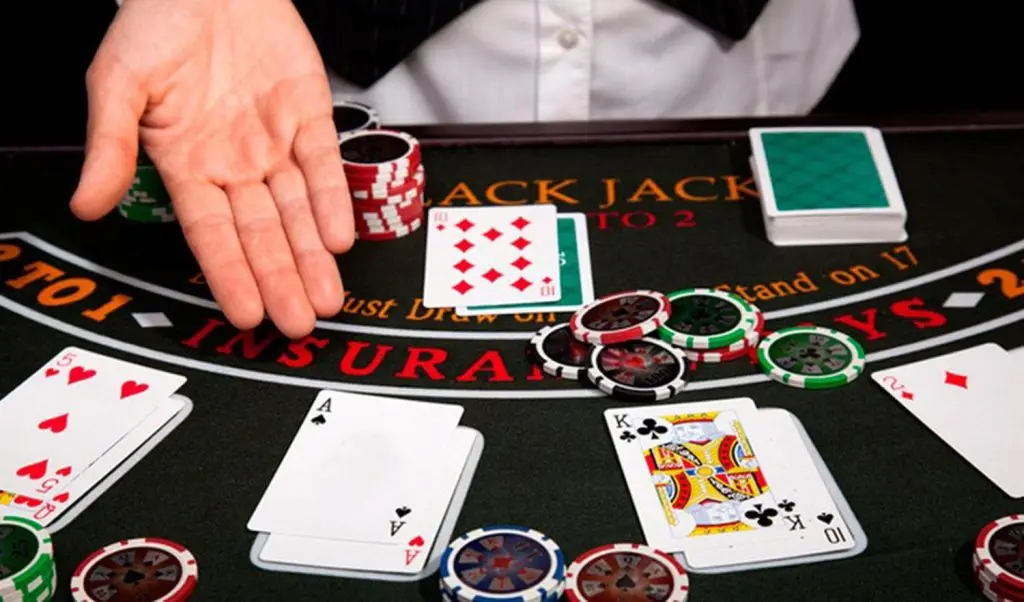 Additional bets in blackjack enhance the strategy by complementing the basic approach. With precise calculations, consideration of payouts, and the dealer’s behavior, they expand the tactical range. This tool is effective in online casinos, where real-time session analysis is available. The “pair” offers stability, while the “triple” provides a high but rare win.
Additional bets in blackjack enhance the strategy by complementing the basic approach. With precise calculations, consideration of payouts, and the dealer’s behavior, they expand the tactical range. This tool is effective in online casinos, where real-time session analysis is available. The “pair” offers stability, while the “triple” provides a high but rare win.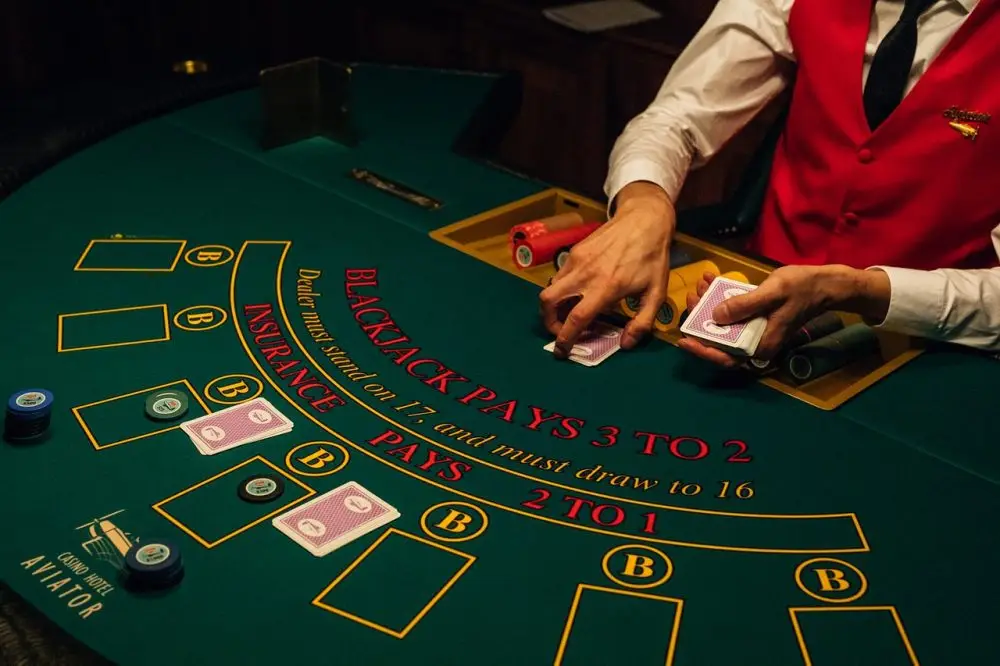
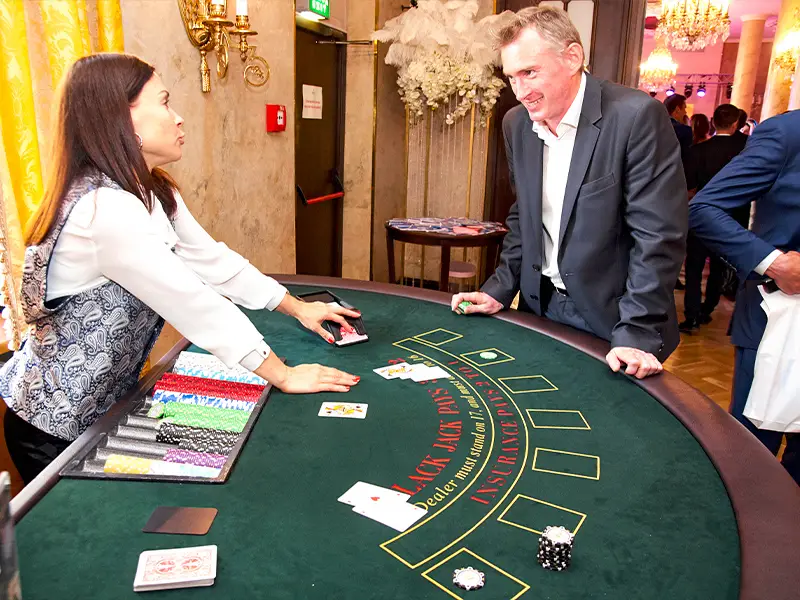 Understanding the rules of each specific game is the first step in reducing the house edge in blackjack. Some conditions increase the odds, while others minimize them.
Understanding the rules of each specific game is the first step in reducing the house edge in blackjack. Some conditions increase the odds, while others minimize them.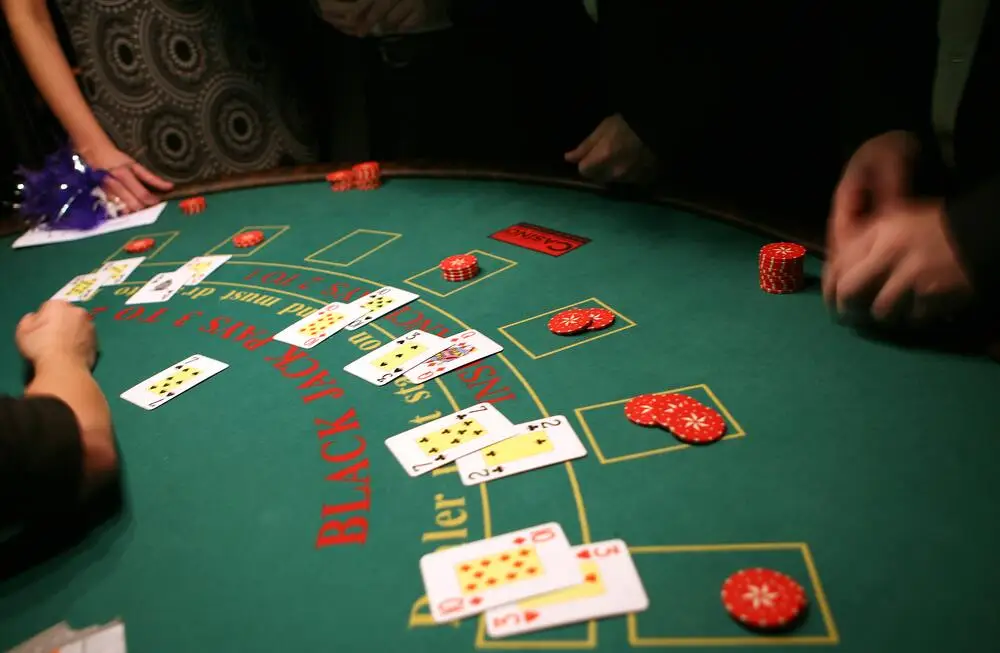 Blackjack is not a game of luck, but of cold calculation. Knowledge of algorithms, strategy, card counting, and analysis of conditions are the tools that give you a real opportunity to counter the house. It is not intuition or blind luck, but the consistent application of well-thought-out actions that turns the game into a statistical confrontation where your chances become controllable. Therefore, reducing the house edge is about using precise techniques rather than relying on mere luck.
Blackjack is not a game of luck, but of cold calculation. Knowledge of algorithms, strategy, card counting, and analysis of conditions are the tools that give you a real opportunity to counter the house. It is not intuition or blind luck, but the consistent application of well-thought-out actions that turns the game into a statistical confrontation where your chances become controllable. Therefore, reducing the house edge is about using precise techniques rather than relying on mere luck.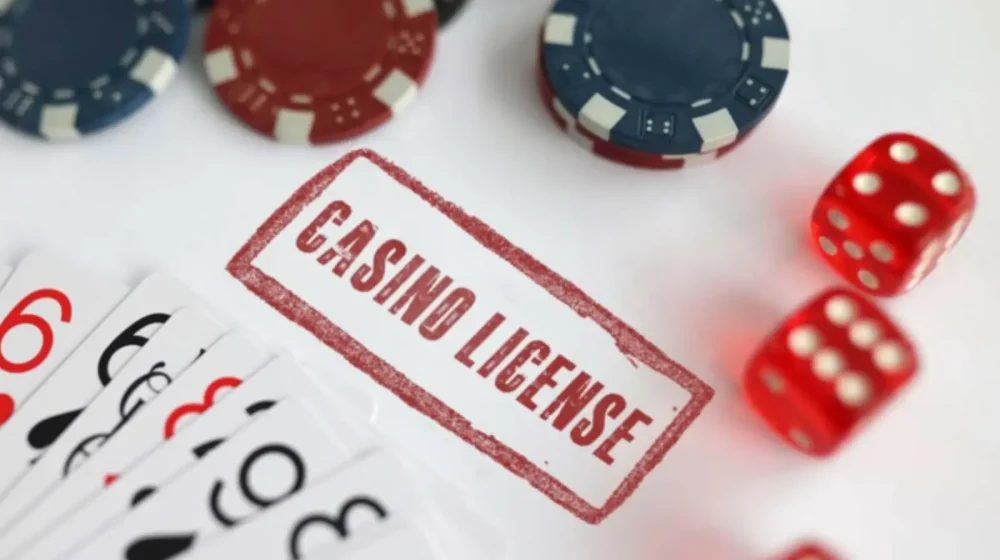
 Many users do not know how to check documents. Meanwhile, illegal operators publish fake seals that are misleading. To avoid mistakes, it is recommended to use official registries of regulators, such as the websites of the Malta Gaming Authority, Curacao eGaming, and the UK Gambling Commission.
Many users do not know how to check documents. Meanwhile, illegal operators publish fake seals that are misleading. To avoid mistakes, it is recommended to use official registries of regulators, such as the websites of the Malta Gaming Authority, Curacao eGaming, and the UK Gambling Commission. The online gambling market demonstrates that an online casino license is not a formal option, but a strategically important factor. Regulation, transparency, and legal responsibility are considered synonymous with trust.
The online gambling market demonstrates that an online casino license is not a formal option, but a strategically important factor. Regulation, transparency, and legal responsibility are considered synonymous with trust.
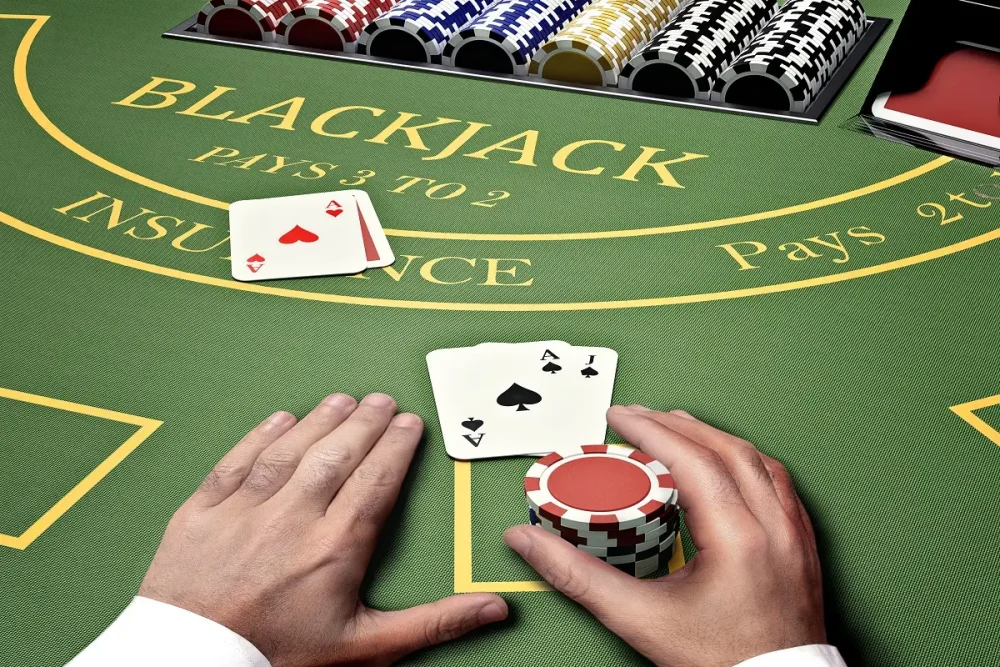
 The right choice of tactics depends on the context. There is no one-size-fits-all solution to “double or stand.”
The right choice of tactics depends on the context. There is no one-size-fits-all solution to “double or stand.”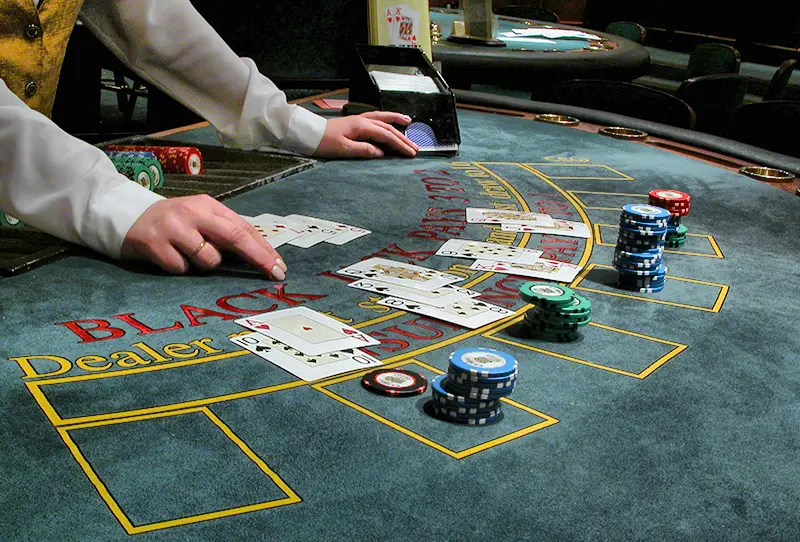 To understand blackjack means to go beyond intuition and act according to a clear scheme. Below are proven techniques that turn the game into a controlled process with minimal risks:
To understand blackjack means to go beyond intuition and act according to a clear scheme. Below are proven techniques that turn the game into a controlled process with minimal risks:
 The first criterion that all recommendations on the rules of choosing an online casino point to is the availability of an up-to-date license. Official regulators, such as the MGA, Curacao, and UKGC, provide open registries where you can check the license number and expiration date.
The first criterion that all recommendations on the rules of choosing an online casino point to is the availability of an up-to-date license. Official regulators, such as the MGA, Curacao, and UKGC, provide open registries where you can check the license number and expiration date. It is safe to say that following the rules allows you to distinguish between reliable online casinos and risky ones. Independent verification, thorough examination of the user agreement, and analysis of reviews and game conditions are the only possible answers to the question of how to choose a safe online casino in 2025.
It is safe to say that following the rules allows you to distinguish between reliable online casinos and risky ones. Independent verification, thorough examination of the user agreement, and analysis of reviews and game conditions are the only possible answers to the question of how to choose a safe online casino in 2025.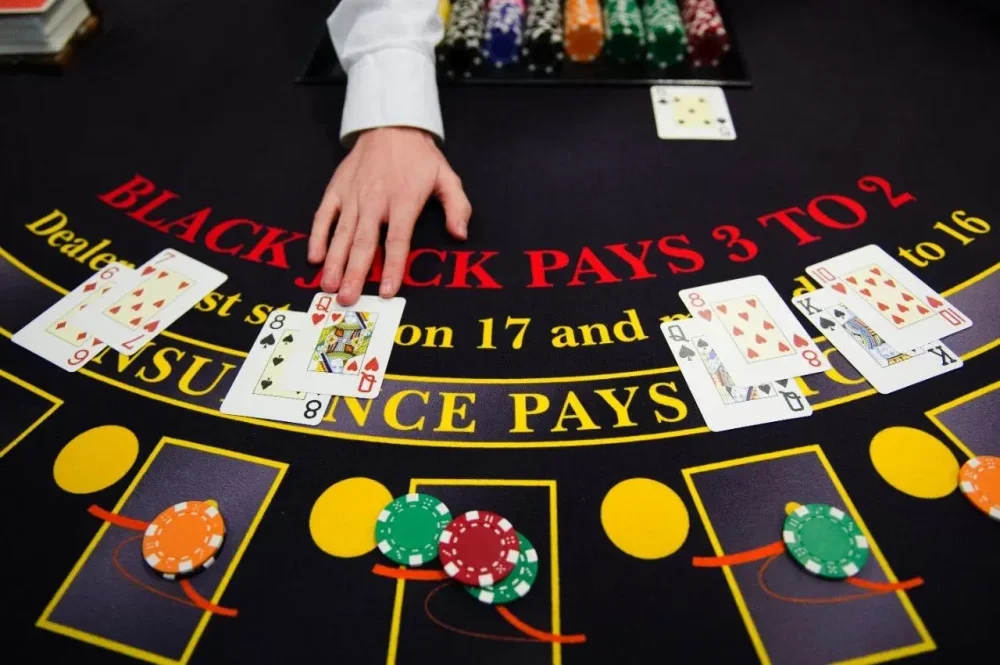
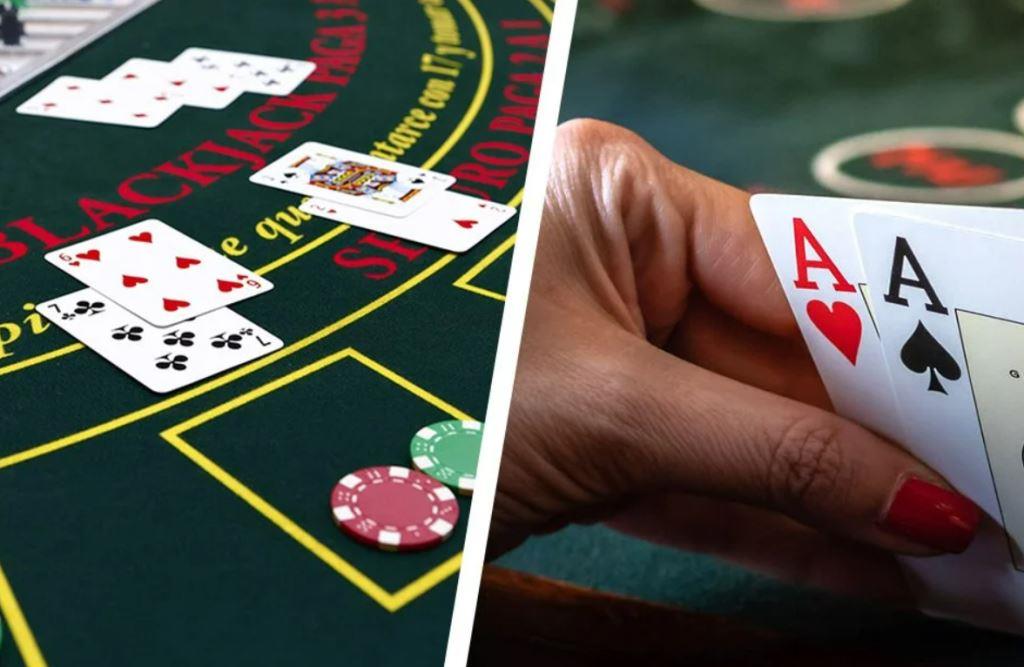 To form a well-thought-out strategy, it is important to clearly distinguish between the types of bets. This allows you to adapt flexibly to the situation on the table and make decisions based on logic and probabilities rather than emotions. Before using advanced features, it is essential to master the basic elements.
To form a well-thought-out strategy, it is important to clearly distinguish between the types of bets. This allows you to adapt flexibly to the situation on the table and make decisions based on logic and probabilities rather than emotions. Before using advanced features, it is essential to master the basic elements.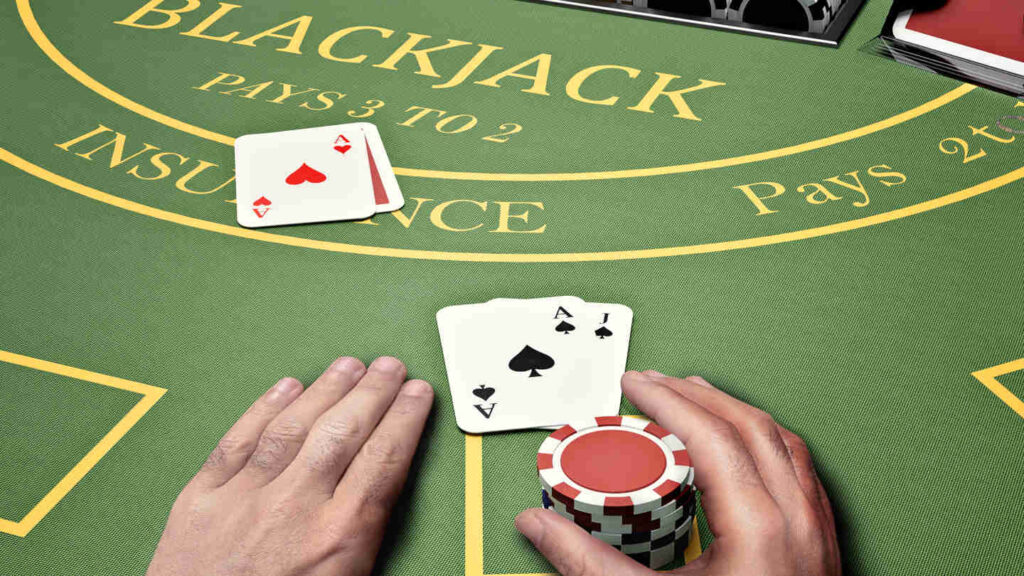 If we consider blackjack as a game of chance, we can limit ourselves to intuitive solutions. But if you want to play systematically and with perspective, understanding the types of bets in blackjack becomes critically important.
If we consider blackjack as a game of chance, we can limit ourselves to intuitive solutions. But if you want to play systematically and with perspective, understanding the types of bets in blackjack becomes critically important.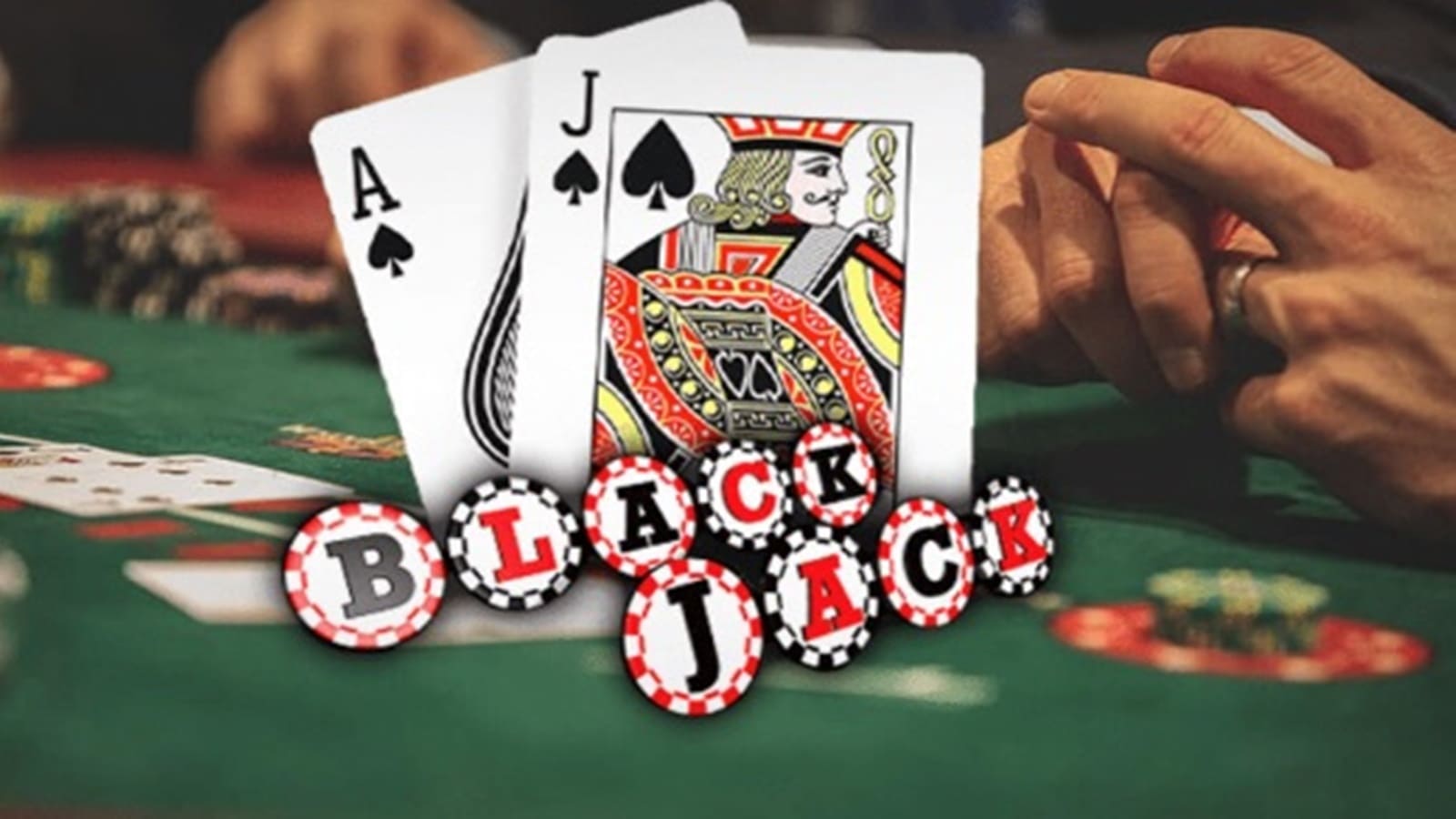
 If you know the basic rules of progressive blackjack, it will take you a few minutes to adapt to the new version. The gameplay remains the same: you receive two cards, and you can draw, double, split, and perform standard actions based on your hand and the dealer’s open card.
If you know the basic rules of progressive blackjack, it will take you a few minutes to adapt to the new version. The gameplay remains the same: you receive two cards, and you can draw, double, split, and perform standard actions based on your hand and the dealer’s open card.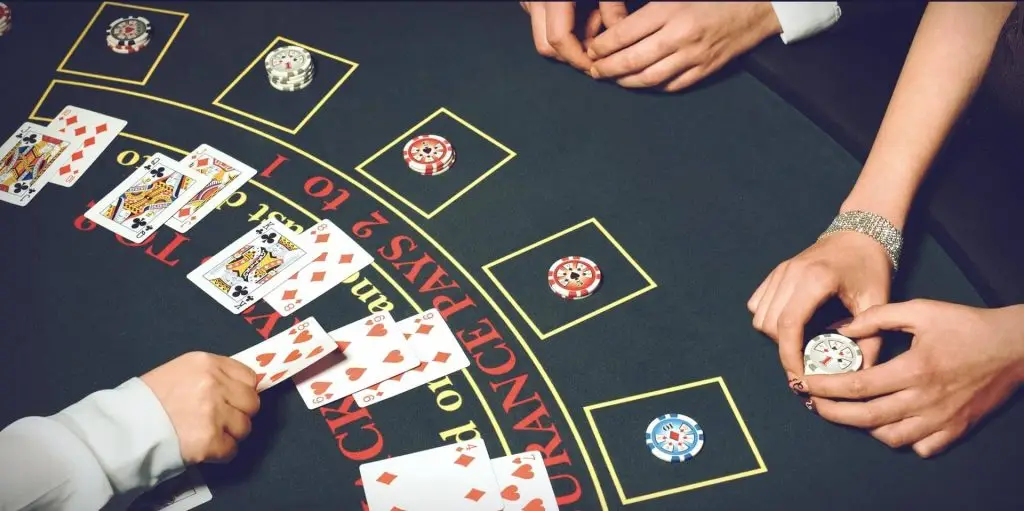 So, blackjack with a progressive jackpot is a format that combines the classic and the potential for big money. It retains the strategic essence of the basic version, but adds an element of randomness that can change the course of the game in a single hand.
So, blackjack with a progressive jackpot is a format that combines the classic and the potential for big money. It retains the strategic essence of the basic version, but adds an element of randomness that can change the course of the game in a single hand.





